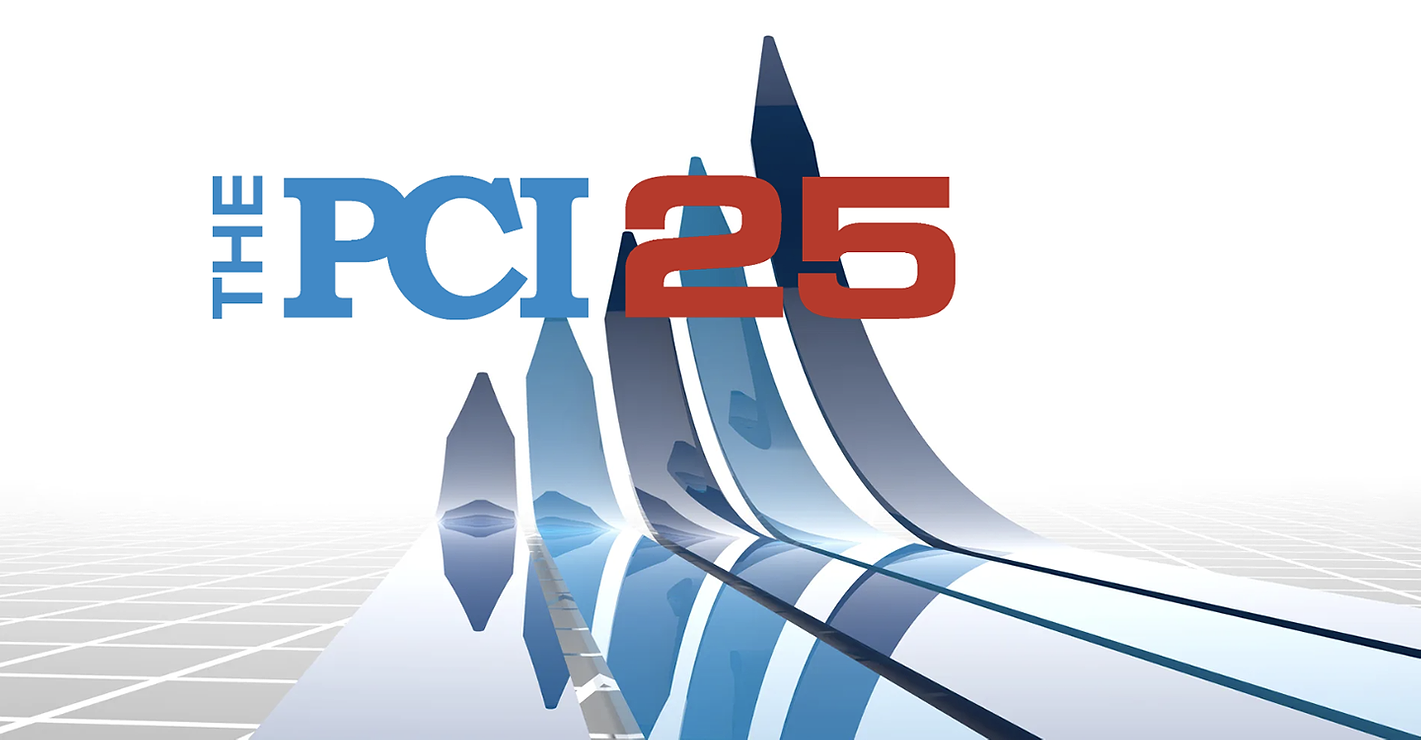
Enabling Performance and Compliance: allnex Introduces a New Line of VOC Exempt Solvent-Borne Resins

image courtesy of il21/shutterstock
While environmental and health concerns have driven the development and adoption of water-based and 100% solids coatings solutions, solvent-based coatings remain indispensable in many architectural, industrial and protective applications. Their superior performance characteristics, application versatility, coupled with their ability to achieve thicker and more uniform coatings, make solvent borne coatings the preferred choice for many applicators. Balancing the benefits of solvent-based coatings with environmental considerations continues to be a critical focus for manufacturers and regulatory bodies alike.
The regulation of volatile organic compounds (VOCs) is an evolving and complex landscape, with regulatory agencies periodically reassessing and updating the list of VOC-exempt solvents based on new scientific data and environmental considerations. Solvents may be removed from the list due to new findings regarding their impact on air quality, health, or the environment. Solvents such as parachlorobenzotrifluoride (PCBTF) are under regulatory pressure due to recent studies which suggest health risks, including carcinogenicity and acute toxicity.
Of the remaining exempt solvents dimethyl carbonate (DMC) is a solvent of particular interest. From a practical standpoint, DMC is highly compatible with many solvents and additives. It has a high solvency power and an intermediate evaporation rate allowing it to achieve a balance between dry times and quality film formation. From an environmental standpoint, current data suggests that it does not pose significant health risks such as carcinogenicity, neurotoxicity, or acute toxicity, which are concerns associated with many other solvents. DMC is also biodegradable, meaning it breaks down into harmless substances in the environment. And although, to-date no commercially viable route has been found, academic research suggests that the production of DMC can be achieved through the use of carbon dioxide as a raw material, further enhancing its appeal as a “green” solvent.
At allnex, we have realized the potential of such a powerful solvent. In response to changing regulations, we have created a range of alkyd, acrylic and polyester resins which utilize DMC and provide coatings formulators with the latitude needed to create differentiated products in any application where solvent borne solutions remain indispensable.
For those that favor high solids allnex offers SETAL® 51-1498. At 75% solids, the resin allows for exceptional high film thickness in a single layer while still maintaining a fast cure system. The resin delivers the high gloss and durability required for air-dry or bake enamels used for machinery, metal and other industries. In lab studies, model clear formulas using this new resin reduced VOCs from 268 g/L to 113 g/L signifying a 58% reduction. The resulting coatings performed similarly in dry time, hardness development and 60o gloss retention under QUVA exposure.
In industrial wood coatings, SETAL 51-1113 is a short oil coconut alkyd resin for use in non-lifting cellulose nitrate lacquers, conversion varnishes and baking enamels. It is very low in color making it suitable for clear coats with good hardness development.
As for solvent borne acrylic polyols, SETALUX® 57-1465 is a hydroxyl-functional acrylic polyol that is used with aliphatic polyisocyanates to form air- and force-drying polyurethane coatings with good gloss retention, lightfastness and chalking resistance. The cured paint films are hard, tough, but flexible, glossy and high-bodied with good resistance to solvents and gasoline.
These are just a few examples of the solvent borne resins that allnex offers in VOC-exempt solvent. The full offering is shown in Table 1. Alex Jiang, Marketing Director at allnex states, “At allnex, offering state of the art resins in DMC aligns with our commitment to sustainability and reducing VOC emissions. This move highlights our dedication to innovation and a greener future in coatings technology.”
Table 1: New offerings of alkyd, acrylic and polyester resins in DMC by allnex.
|
Product |
Description |
|
SETYRENE® 53-2434 |
High Solids S VT Alkyd |
|
SETAL 56-1089 |
High Solids Polyester Polyol |
|
SETALUX 57-1465 |
High Solids Acrylic Polyol |
|
SETAL 51-1498 |
High Solids Short Oil CS Alkyd |
|
SETAL 51-1113 |
High Solids Coconut Alkyd |
|
SETAL 51-2457 |
Conv. Medium Oil Alkyd |
|
SETYRENE 53-3330 |
HS Acrylic-Modified Alkyd |
The transition to VOC-exempt solvents in coatings is not just a regulatory necessity but a strategic move towards sustainability and innovation. By embracing these eco-friendly alternatives, coatings manufacturers can reduce environmental pollution, ensure regulatory compliance, enhance product performance, and meet the growing demand for sustainable products. This shift not only benefits the environment and public health but also positions manufacturers for long-term success in a competitive and evolving market. The future of the coatings industry lies in sustainable practices, and the adoption of VOC-exempt solvents such as DMC is a crucial step in that direction.
About allnex
allnex is a leading producer of specialty polymers with a clear focus on sustainability. We have key positions in coating markets and beyond, across industries in mobility & transportation, construction & infrastructure as well as packaging & consumer goods. With manufacturing facilities and R&D centers located around the world, the allnex group offers access to a huge global network of innovation and provides responsive, local support to our customers, helping them to quickly bring advanced coating solutions to market. Formed in 2016 by the merger of two leading resin companies, we‘ve recently further strengthened (y)our business by becoming part of major international player PTT Global Chemical.
Looking for a reprint of this article?
From high-res PDFs to custom plaques, order your copy today!





